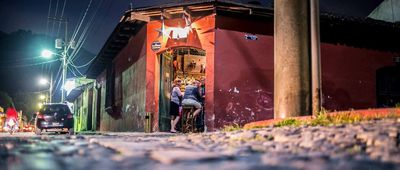Mobster Monuments
Outlaws and criminals from the past are fascinating historical figures, and despite their crimes, some people want to pay their respects at their gravesites. There are many well-marked burial sites for famous outlaws that are visited often, sometimes with small stones or coins laid on the headstone out of respect, or sometimes chipped away by souvenir seekers (don't do this!). Here are the burial locations of some of the most infamous American outlaws and gangsters so you can create your own macabre cemetery tour.

































